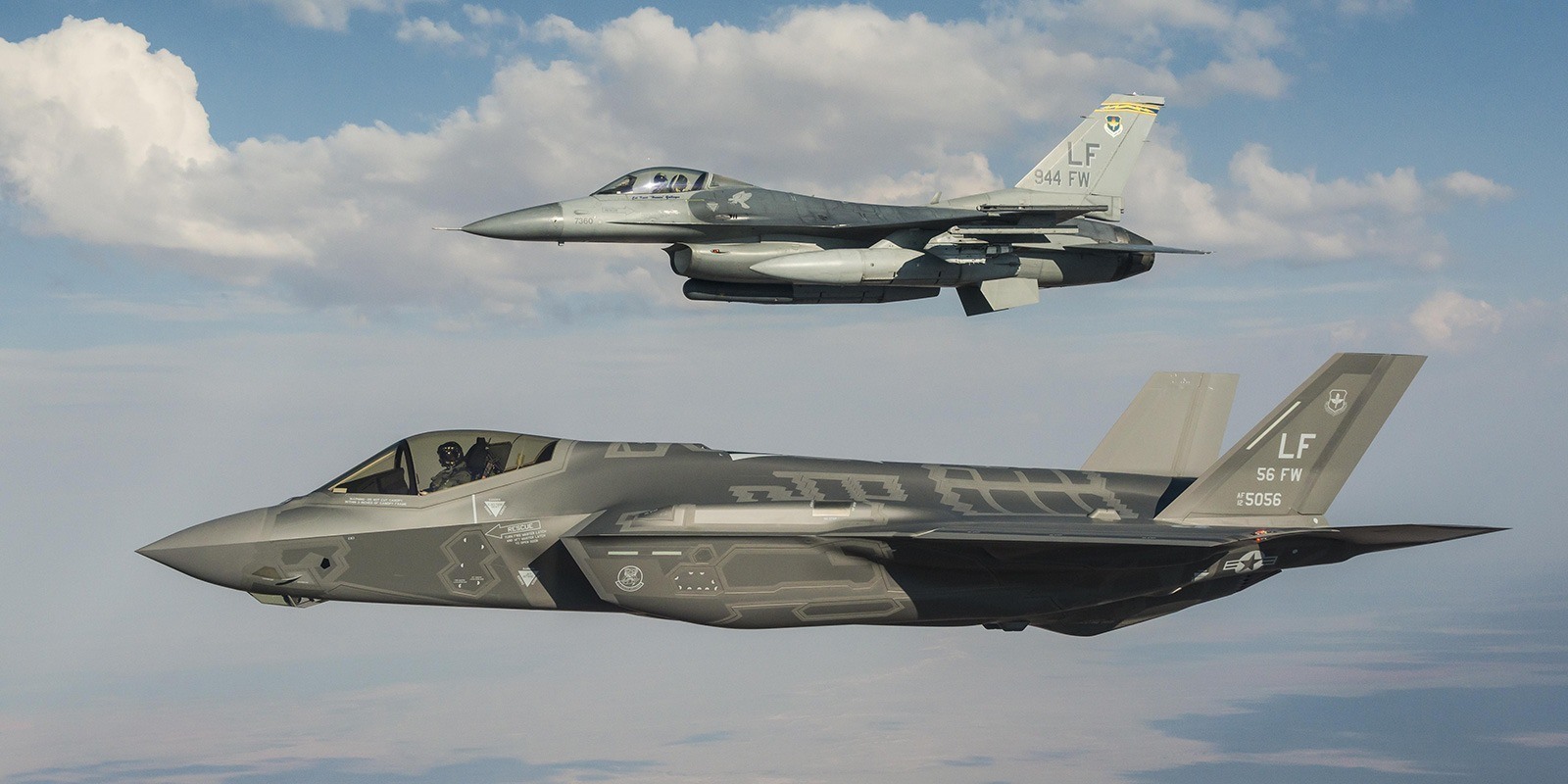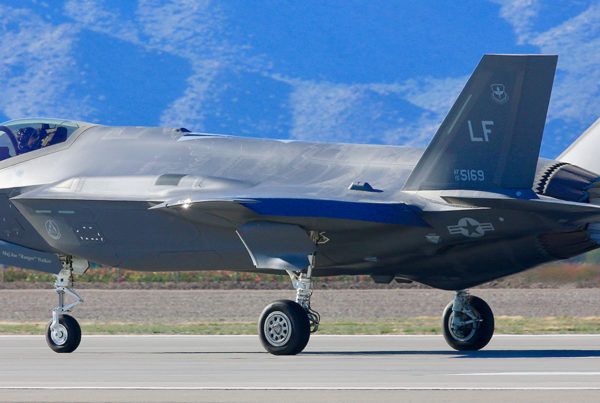
A crew chief from the 33rd Fighter Wing guides a Lockheed Martin F-35 Lightning II to its final parking position. The aircraft, known as AF-9, is the first production F-35 to be delivered to Eglin AFB. AF-9 arrived at 1:18 p.m. CDT after launching on its more than 90-minute ferry flight from Fort Worth, Texas. The jet will be used for activities in concert with training F-35 pilots and maintainers who begin coursework at the base’s new F-35 Integrated Training Center this fall.
The first Air Force F-35 Lighting II joint strike fighter arrived at Eglin Air Force Base July 14, marking a major milestone in our nation’s military history.
“It’s an exciting day here at the wing, where our joint and integrated team has been preparing for this day since October 2009,” Col. Andrew Toth, 33rd Fighter wing commander. “I have no doubt the caliber of the Airmen, Sailors, Marines and contractors will provide safe and effective training operations at Eglin. Now we look forward to the start of classes later this year.”
The military’s first F-35 pilots ferried the joint strike fighter from Lockheed Martin headquarters in Fort Worth, Texas, to its new home at Eglin. The unique environment comprised of military, civilians and contractors at Eglin will train pilots and maintainers for all three variants of the aircraft.
As the world’s first multirole stealth fighter, the JSF is known for its superior range, cutting-edge avionics and next-generation sensor fusion. Each model shares breakthroughs in combat performance, survivability and support, while each is specifically tailored for unique service needs.
A BRAC 2005 decision recommended Eglin as the initial joint training site for the Department of Defense. Since then, the 33rd FW flew its last F-15 September 2009, transitioned to Air Education and Training Command October 2009 and completed $400 million in military construction and upgrades this year to support the necessary infrastructure on the wing’s JSF training campus.
This article is made available with permission of Pueblo Publishers, Inc.








